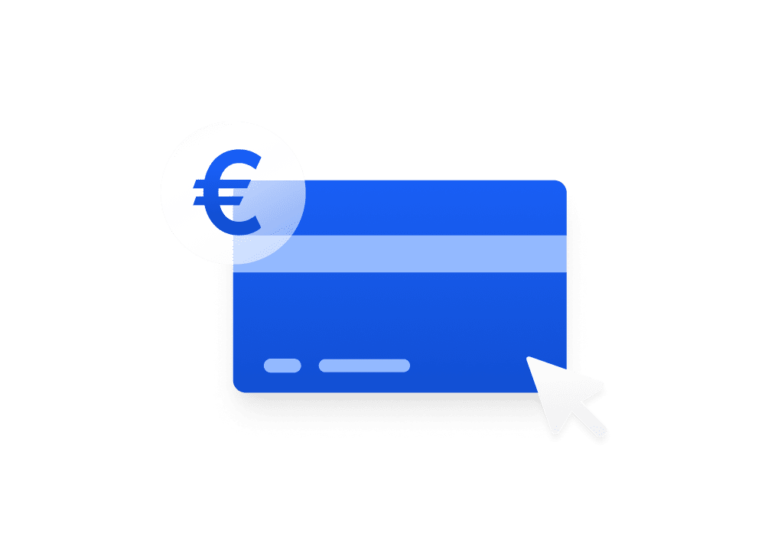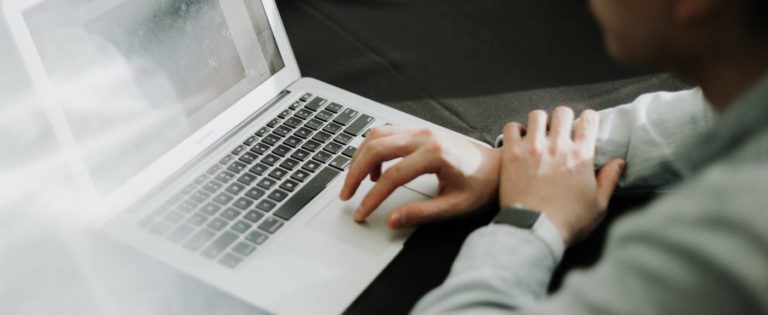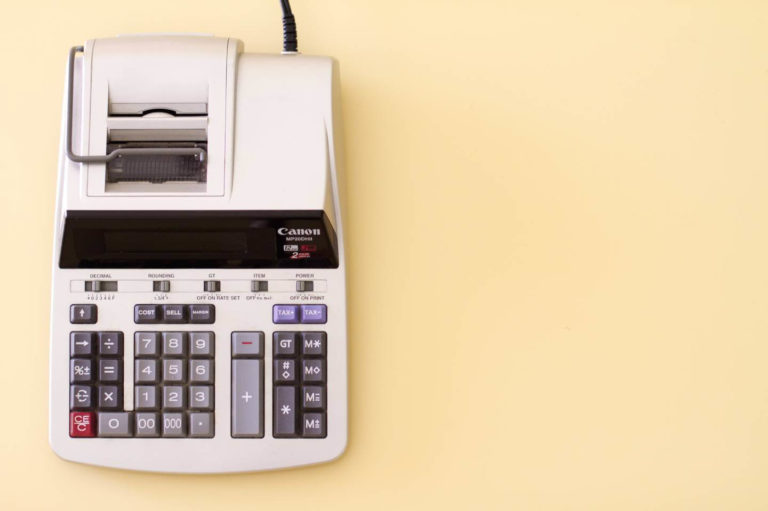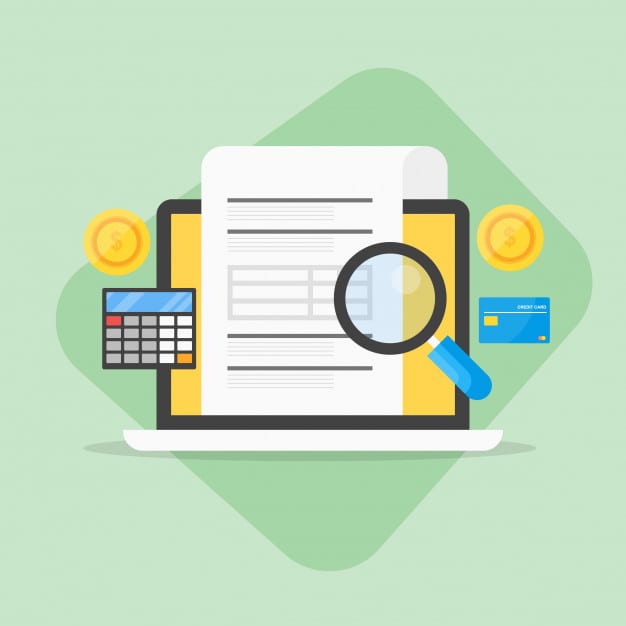Whether it is a product photo, logo, or blog post, finding out that somebody has stolen intellectual property that is yours and is passing it off as their own can be stressful. Sometimes, simply contacting the person infringing your rights and asking them to stop is enough. If you try this and they don’t, however, you will need to take things further.
Stolen Intellectual Property—What to Do
There are many things you can do to stop the person, people, or company from infringing your rights. Even if you don’t think that you want to sue in court, it is still important to seek legal advice. Stolen intellectual property is a common occurrence and the law surrounding it is pretty clear-cut, but you should still let a professional—i.e. a lawyer—handle everything.
An experienced IP lawyer will be able to evaluate your stolen intellectual property situation and decide on the best course of action. Not all stolen intellectual property situations are equal, either. Some are more complicated (e.g. patents and trade secrets) whereas others are criminal acts,
Sending Requests to Stop Infringement
Generally speaking, the first step is for you (or your lawyer) to send a letter on behalf of your company asking the suspect to stop the infringement. A cease and desist letter will be sent to request the person or company to stop using your work immediately. Some of the information this letter should include as a minimum is—
- Information about what work has been infringed
- What this infringement is (e.g. copyright)
- The action you want taken (e.g. to have your intellectual property removed from a website)
It is also a good idea to give a deadline for the infringer to send you a response so that you know when it is the right time to take further action.
If your stolen intellectual property has been placed on the internet, you can pursue action under the Digital Millennium Copyright Act (DMCA). This allows you to send a takedown notice to the infringer’s web host or another service provider. The content of this notice should include the same information as above in addition to—
- The location of the material
- The information about the infringer
- The action you want the service provider to take
Service providers are compelled to respond and take the action that you specify. In most cases, they will contact the infringer and threaten to suspend their services if the stolen intellectual property is not immediately removed.
Pursuing Legal Action
Before you can file for any legal action for copyright infringement, the work must be registered. If it is not, then it is important to do this immediately; if your work is not registered you cannot claim damages for the time it remains unregistered.
Similarly, it is impossible to file a case for patent infringement until the Patent Office has formally granted your patent, but it is still possible to recover some damages in this scenario.
Depending on how your intellectual property has been infringed, you may be able to file a criminal case, civil case, or both. Copyright, patent, and trademark infringement are usually handled in the civil courts. The outcome of the case will depend on other factors and this will determine the damages (monetary payout) you can be awarded.
Because of the infringement, you may be able to get—
- An injunction which legally forces the infringer to stop using your work
- Payment for any ‘loss’ or ‘damage’ suffered (damages)
- All of or a share of the infringers’ profits from using your IP
- Legal fees
- Punitive damages
Most IP infringements are handled in the federal courts—that is, assuming you are in the U.S.—however, if your case involves an unregistered trademark or another piece of work, it will have to go through the state courts.
The legal process can be long, stressful, and expensive. It is important to ensure that it is 100 percent what needs to be done in order to stop your intellectual property from being infringed. Again, always speak to a lawyer for the best available advice.
